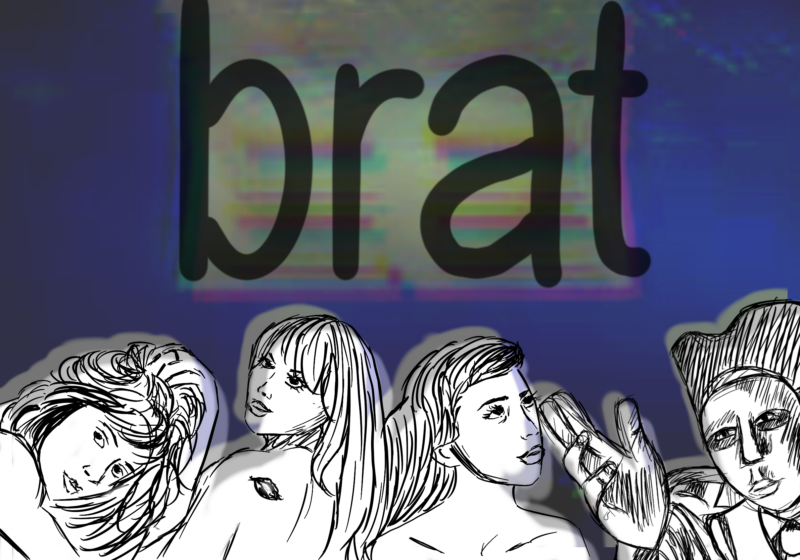On Thursday, Oct. 25, the UR Medical Center announced the establishment of a new branch of its Neurology department, the Fields Center, that will focus on facioscapulohumeral dystrophy (FSHD), one of the most common types of muscular dystrophy. The Center will focus primarily on conducting research both on the treatment and the prevention of FSHD.
The Center is named after Richard Fields, who will donate a total $7.1 million to URMC for the creation of the Center. Fields is the founder of Coastal Development, the company partially responsible for the creation of the Seminole Hard Rock Hotel & Casino in Florida. He has used much of his profits from this business to donate to various causes, including the New York City Police Foundation, and to contribute to organizations such as the National Center for Missing and Exploited Children. On Thursday, Fields made his latest donation official.
The $7.1 million donation is the largest private donation URMC has ever received for a single disease. It will be spread over a period of seven years to allow for continuous funding, something most FSHD researchers lack. Until now, research on the disease has been stop-and-go, depending on the amount of money available at any given time, so continuous funding will give URMC the opportunity to move forward quickly and efficiently in its research.
The Fields Center will be a joint effort between URMC and Leiden University Medical Center in the Netherlands.
“Leiden is the leader when it comes to genetic bench research in FSHD, but they lack the access to patients,” Professor of Neurology Rabi Tawil, M.D. said. “Our center is best at translational clinical research which involves patients, and we follow more patients with FSHD than anyone else. Both types of research are needed to move FSHD forward. So our strengths are complementary.”
FSHD is not a well-understood disease and seemed for years to be too ambiguous to figure out; this means that not a lot of research has been done on it in comparison to other, more straightforward diseases. Because little progress has been made in trying to understand FSHD, 30 percent of those suffering from it face enough damage to become permanently wheelchair-bound.
Most people with FSHD live a normal life span, but symptoms of the disease usually appear during the teenage years and can result in a much lower quality of life due to the physical disabilities it causes. So the avoidance of conducting research on FSHD because of the ambiguity surrounding its causes is something that Tawil hopes the establishment of the Fields Center will help end.
“FSHD has been a difficult nut to crack from a genetic point of view,” Tawil said. “It looks like it will turn out to be caused by a novel genetic mechanism. For a long time it looked like an unsolvable riddle and that meant that many potential researchers stayed away from it.”
Fields, Tawil and the other researchers involved in the project hope that the creation of the Fields Center will make it easier to expand our current understanding of FSHD. Based on what is already known about the disease, researchers have formulated several hypotheses, but some of them contradict one another. The immediate goal of the Fields Center is to take a closer look at each of these hypotheses and to disprove the ones that don’t fit with current and future research.
Before the Center opens, parts of the Neurology department at URMC will be renovated, and an international recruiting effort will work to find qualified researchers. Included in this effort is a discussion on the possibility of UR researchers going to Leiden University and LUMC researchers coming here. Also, according to Tawil, the new Fields Center will create research opportunities for students at UR.
In the long run, researchers at the Fields Center will focus on shaping the most effective treatment for FSHD, as well as discovering its causes and perhaps finding a cure.
Because of Fields’s donation, the center will have access to the patients it needs in order to conduct its research, and URMC will become one of the leading hospitals for the care of patients with FSHD.
Once URMC conducts its research and comes up with possible cures, LUMC will be able to assist in the testing of these cures.
“When we get to the point of testing out potential treatments, we [will] have the expertise to plan and execute clinical trials,” Tawil said.
“From the clinical point of view, we hope to standardize clinical practice so that patients with FSHD get the optimal evaluation and treatment no matter where they are,” Tawil said. The intent is to eventually increase the quality of living for those already afflicted with the disease as well as prevent future generations from being affected by it.
Fields, who has a family member with FSHD, says that he understands its effects on its victims and their families.
“The University of Rochester has long been a leader in muscular dystrophy research, so they were a natural fit to establish a center to focus on genetic and clinical research to FSHD patients,” he said in Thursday’s press release.
“I see this gift as a significant step in giving this disease the medical attention it deserves, and hope that the Fields Center will be a center for leadership and innovation in the field for many years to come.”
Lombardo is a member of the class of 2010.


